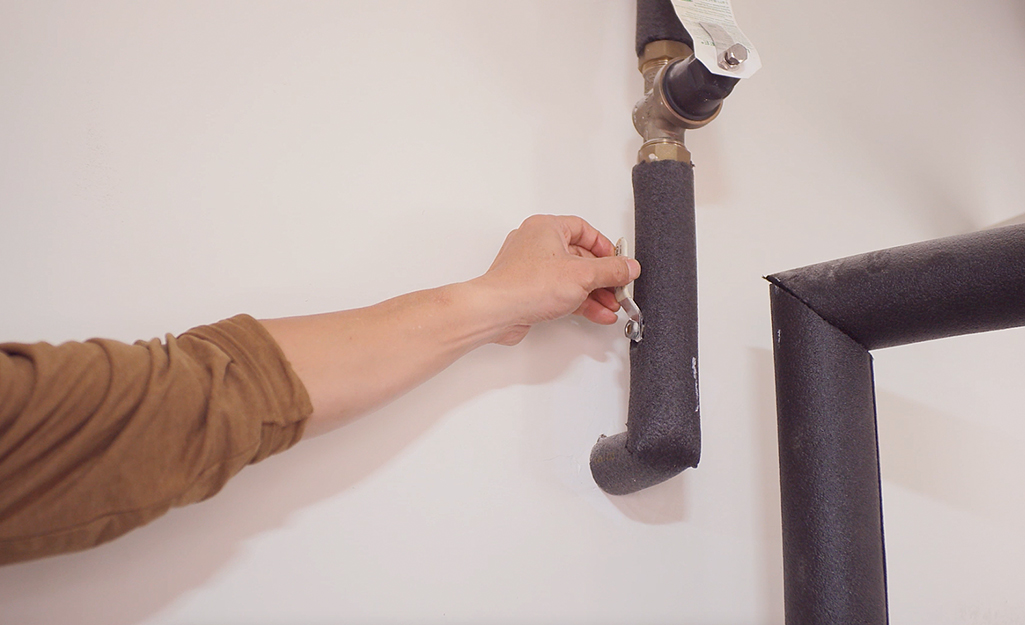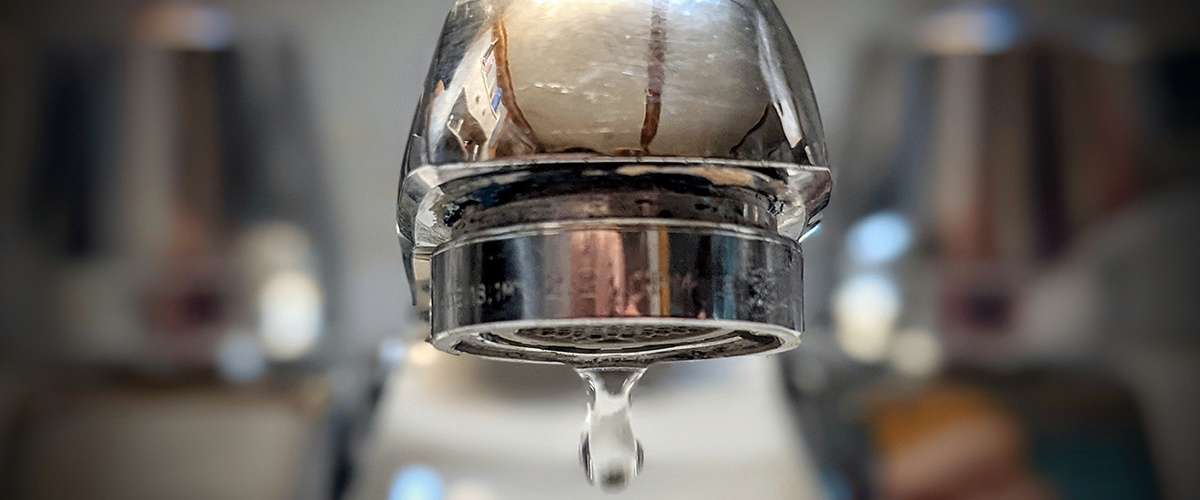Exploring the Importance of Dealing with a Dripping Faucet
Exploring the Importance of Dealing with a Dripping Faucet
Blog Article
On this page below you will find lots of sensible facts about What Causes Leaky Faucets & How To Fix Them.

Dripping taps could feel like a minor trouble, but their effect surpasses just the inconvenience of the sound. From wasting water to incurring unnecessary financial expenses and health and wellness threats, neglecting a leaking tap can cause numerous repercussions. In this short article, we'll look into why it's essential to resolve this typical house problem quickly and properly.
Wastage of Water
Environmental Effect
Leaking taps add significantly to water waste. According to the Environmental Protection Agency (EPA), a single faucet dripping at one drip per second can throw away greater than 3,000 gallons of water per year. This not only stress water sources yet additionally affects environments and wildlife based on them.
Financial Prices
Raised Water Expenses
Past the environmental impact, dripping taps can pump up water expenses considerably. The collected wastage with time translates into greater energy expenditures, which could have been prevented with prompt fixings.
Possible Residential Property Damage
In addition, extended trickling can cause damage to components and surfaces bordering the tap. Water build-up can create staining, rust, and even structural problems if left ignored, causing extra repair prices.
Health Concerns
Mold And Mildew and Mildew Growth
The continuous presence of dampness from a leaking faucet creates an excellent setting for mold and mildew and mold development. These fungi not just compromise indoor air quality yet additionally posture wellness threats, especially for people with breathing conditions or allergies.
Waterborne Conditions
Stationary water in dripping taps can come to be a breeding place for microorganisms and various other pathogens, increasing the danger of waterborne conditions. Contaminants such as Legionella microorganisms thrive in stationary water, potentially resulting in serious illnesses when ingested or breathed in.
Do it yourself vs. Expert Repair service
Advantages and disadvantages of DIY Repair Work
While some might try to deal with a leaking tap themselves, DIY repairs feature their own collection of challenges. Without appropriate understanding and tools, DIY attempts can intensify the problem or result in insufficient repair services, prolonging the issue.
Advantages of Hiring an Expert Plumber
Employing a specialist plumber guarantees that the underlying source of the trickling faucet is addressed efficiently. Plumbings possess the experience and equipment to detect and fix faucet concerns efficiently, saving time and minimizing the risk of more damages.
Step-by-Step Overview to Repairing a Dripping Faucet
Devices Called for
Before trying to repair a dripping faucet, collect the necessary devices, including a flexible wrench, screwdrivers, substitute parts (such as washing machines or cartridges), and plumber's tape.
Usual Tap Issues and Their Solutions
Determine the type of faucet and the specific problem causing the drip. Usual issues consist of worn-out washers, rusty valve seats, or damaged O-rings. Refer to producer directions or online tutorials for detailed advice on repair work.
Preventive Measures
Normal Maintenance Tips
To prevent leaking taps, perform routine maintenance such as cleaning aerators, evaluating for leakages, and replacing damaged parts without delay. Additionally, think about installing water-saving tools or updating to a lot more reliable components.
Value of Prompt Repair Works
Attending to trickling taps as soon as they're seen protects against further water wastefulness and potential damage, ultimately conserving both water and money in the long run.
Effect On Home Worth
Perception of Well-Maintained Home
Keeping a home in good condition, including addressing upkeep issues like dripping faucets, improves its perceived worth and worth among possible customers or lessees.
Influence on Resale Worth
Features with properly maintained plumbing components, including taps, command greater resale worths in the property market. Resolving dripping taps can add to a positive impact throughout property examinations and negotiations.
Environmental Responsibility
Specific Contribution to Preservation
Taking duty for repairing dripping taps aligns with wider initiatives towards water conservation and ecological sustainability. Every person's actions collectively make a considerable influence on maintaining valuable sources.
Sustainable Living Practices
By focusing on punctual fixings and adopting water-saving practices, people add to lasting living methods that profit both existing and future generations.
Verdict
Attending to a leaking faucet exceeds plain ease; it's a necessary action towards conserving water, lowering financial prices, and safeguarding health and wellness and residential property. Whether through do it yourself repair services or expert aid, doing something about it to repair leaking faucets is a tiny yet impactful means to advertise liable stewardship of sources and contribute to a much healthier, much more lasting future.
Most Common Reasons for a Leaky Faucet and How to Stop the Drip
Whether it’s your kitchen faucet leaking or a bathroom faucet leaking, one leaky faucet can waste anywhere from three to 30 gallons of water every single day. If the constant drip-drip-drip doesn’t get your attention, your water bill will. The good news is that, by following a few simple steps, chances are pretty good you can fix the problem yourself.
Why is it dripping?
Before you start taking things apart, let’s break down some of the most common causes of a leaky faucet.
Bad O-ring.
A cartridge is a valve that controls the flow of water into the faucet spout. On cartridge faucets there’s an O-ring—the little disc attached to the stem screw that holds the faucet handle in place. If it’s loose or worn-out, it can cause your sink handle to leak. Of course, the cartridge itself could be worn out. If that’s the case, make sure you replace it with the exact same kind.
Corroded valve seat.
The valve seat connects the faucet and the spout. If the leak seems to be coming from the spout, it might be because a buildup of water sediment has corroded the valve seat.
Worn-out washers or seals.
A leaky spout could be caused by a bad washer that rests against the valve seat. It’s just a matter of time before friction takes its toll. It could also be the wrong size washer or one that’s been installed incorrectly. Water sediments can also corrode inlet and outlet seals.
Water pressure.
If the faucet only drips now and then, or when you turn the handles a certain way, you should probably check your home’s water pressure.
Loose or broken parts.
The adjusting ring and packing nuts in the stream screw can become loose over time, causing your sink handle to leak. Try tightening or replacing the packing nut. If the leak is coming from the pipes underneath the sink, you probably have a broken pipe or fitting. If that’s the case, you should definitely call a plumber.
Know your faucet.
Faucets come in a variety of types. Each one has its own assembly—and its own possible causes of leaks. Learning about the four most common kinds of faucets will help you know how to take them apart and make any repairs.
How to stop a leaky faucet
Fixing that leaky faucet doesn’t have to take a lot of time, money, or expertise. It’s usually a simple matter of replacing a worn-out washer or gasket, a loose O ring, or another part. Chances are really good you can do this yourself if you follow these simple steps.
Shut off the water.
Before you tackle the faucet, cut off the water supply to the sink. There should be one valve for hot and one for cold. Hand-turn them clockwise with your hands till they close. If there are no valves under the sink, head to the basement and shut off the main water supply to the house. Then turn on the faucet until it empties out the water that’s still in the line and you’re ready to start. It’s a good idea to cover the sink drain with a plug or a rag so you don’t lose any small pieces and parts while you’re working.

Hopefully you liked our excerpt about 4 Common Reasons for a Leaky Faucet. Thank you for taking a few minutes to read our short article. Are you aware of somebody who is truly interested in the topic? Feel free to promote it. I am grateful for your time. Return soon.
Report this page